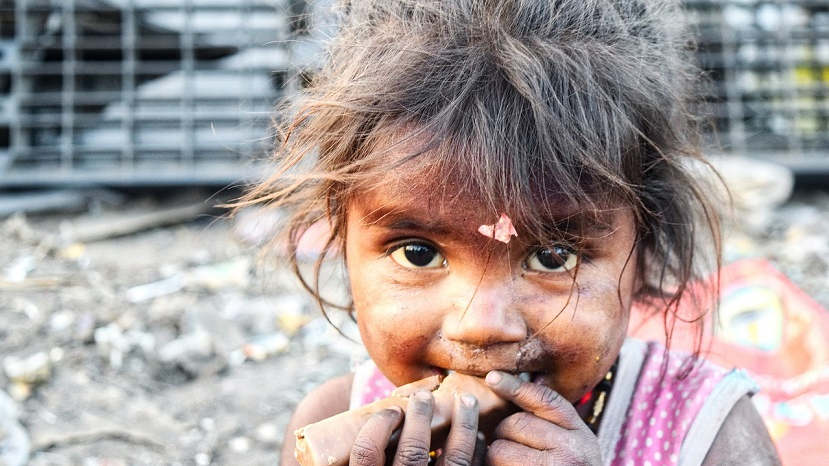
Image for representation purpose only
The poorest urban children in 1 in 4 countries are more likely to die before their fifth birthday than the poorest children in rural areas. And the poorest urban children in 1 in 6 countries are less likely to complete primary school than their counterparts in rural areas, according to a new UNICEF report released today.
The report, Advantage or Paradox: The Challenge for children and young people growing up urban reveals that not all children in cities benefit from the so-called ‘urban advantage’ - the
notion that higher incomes, better infrastructure, and proximity to services grant urban dwellers better lives. Instead, urban inequality, urban exclusion, and urban challenges to well-
being, such as environmental and health hazards, can together result in an ‘urban paradox’ where many urban residents – including children - miss out and suffer more severe
deprivations than their rural peers.
“For rural parents, at face-value, the reasons to migrate to cities seem obvious: better access to jobs, health care and education opportunities for their children,” said Laurence Chandy,
director, data, research and policy, UNICEF . “But not all urban children are benefitting equally; we find evidence of millions of children in urban areas who fare worse than their rural
peers.”
The report identifies 4.3 million poor urban children who are more likely to die before age 5 than their peers in rural areas. It similarly finds 13.4 million poor children living in cities who
are less likely to complete primary school than their rural counterparts.
The report analyses 10 indicators of child well-being in 77 mostly low and middle-income countries**. It confirms that in most countries, urban children fare better than rural children,
on average. But these averages hide yawning inequalities in urban areas. Moreover, when children from urban and rural households with similar levels of wealth are compared, the urban
advantage is no longer apparent.
“Children should be a focus of urban planning, yet in many cities they are forgotten, with millions of children cut-off from social services in urban slums and informal settlements, and
exposed to environmental or health hazards due to overcrowding,” Chandy added.
“Implementing solutions to urban development and planning is crucial to arrest these social and economic disparities.”
Up to 1 billion people are estimated to live in slums – hundreds of millions of them children.
Africa and Asia are urbanising rapidly. By 2030, seven of the 10 largest cities will be in Asia, and Africa’s urban population is the fastest growing with an annual rate of growth of 3.7 per
cent.
The report also highlights intra-urban inequities reflected in childhood outcomes which can be attributed to limited access to essential services. For instance, in half of the countries analysed,
the poorest urban children are twice as unlikely to have access to basic sanitation services than urban children from the richest households.
In the absence of innovative ways of supporting the urban poor, inequity in childhood outcomes may widen and an increasing number of urban children will be shut out of overall progress.
The report calls for a number of actions from urban authorities and the global community such as making urban areas an integral part of programming for children, including the most
vulnerable; Developing the capacities of inclusive urban planning at all levels of government—national, regional and local. Besides, accelerating the development of urban systems of infrastructure and services to keep pace with current trends of rapid urbanization.
It also require finding new solutions for mobilizing financial resources to improve urban systems and increase equity within urban areas and investing in better data and better use of existing data to understand the full extent and dimensions of urban inequity.